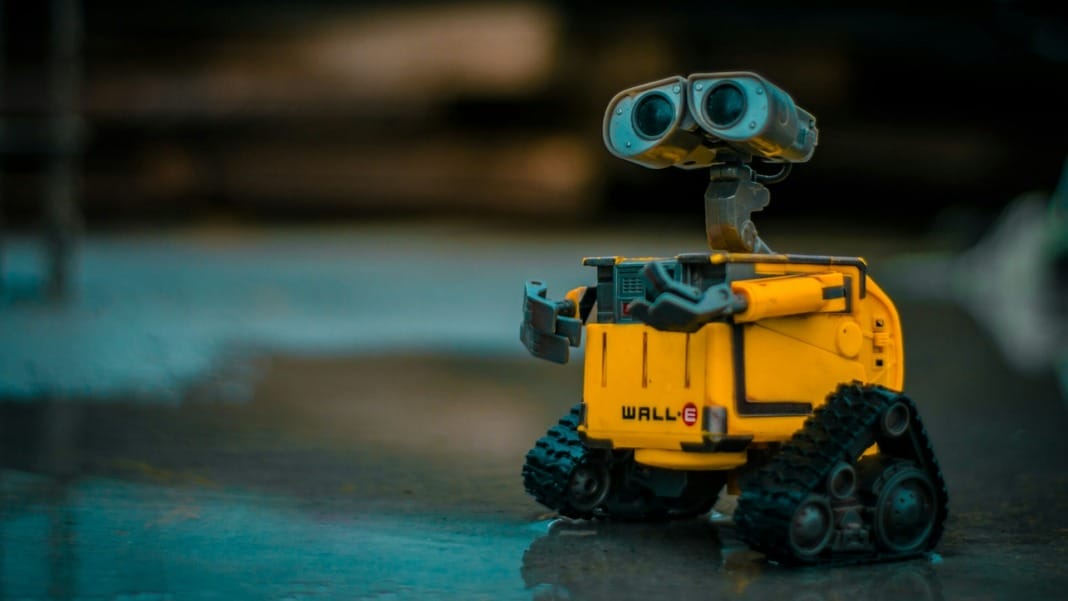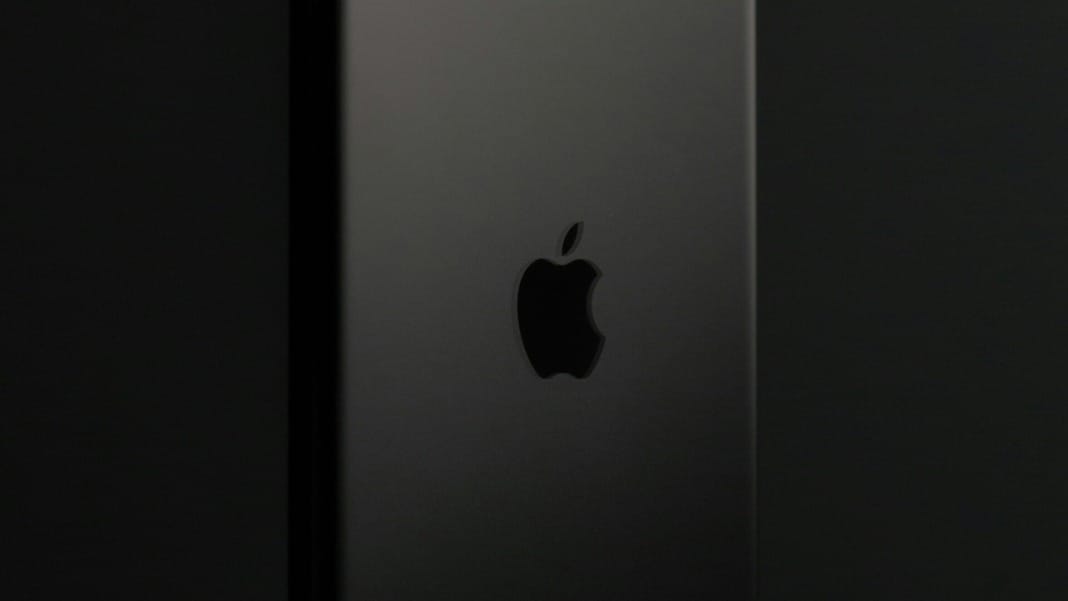In a striking development within the robotics sector, Figure AI, a rising star in humanoid robotics, has secured an immense US$675 million in a recent funding round. This surge of investment, led by major players in the Big Tech arena, has skyrocketed the company’s valuation to a remarkable US$2.6 billion, marking it as a favourite in humanoid robotics.
Pioneering a new era of robotic collaboration
At the core of this financial windfall is an innovative partnership between Figure AI and OpenAI. This collaboration is poised to merge the best of both worlds: OpenAI’s groundbreaking research in artificial intelligence with Figure’s expertise in robotics hardware and software. The aim is to develop advanced AI models specifically for humanoid robots, enhancing their ability to process and reason through language and accelerating Figure’s path towards commercialisation.
The Figure 01: A testament to innovation
Although Figure AI is relatively new, having revealed its prototype, “Figure 01”, only a few months ago, its aspirations are monumental. With a team comprising veterans from giants like Boston Dynamics, Tesla, and Google DeepMind, the company’s first foray into humanoid robotics is ambitious and promising.
Figure 01, crafted with solid aluminium and electric actuators, is designed to replicate human dimensions and capabilities. Standing at 5 feet 6 inches and weighing 130 lbs, with a lifting capacity of 44 pounds, this robot is a feat of engineering. Despite its current limitations in walking, evident in its cautious shuffle, the company’s real triumph lies in the robot’s hands. These hands, capable of intricate movements like operating a coffee maker, demonstrate a significant step towards replicating human dexterity.
The future of labour and automation
Figure AI’s vision extends beyond mere technological achievement. Their ultimate aim is to integrate humanoid robots into everyday work environments. This objective is already taking shape, as illustrated by their commercial agreement with BMW to implement robots on the production line. The company’s focus on hand dexterity aligns well with the needs of assembly line jobs, where precise and delicate movements are crucial.
Although the mobility of Figure 01 may not yet compare to the likes of Boston Dynamics’ Atlas, its potential for impacting labour markets, especially in repetitive or precision tasks, is undeniable. As the company continues to refine and enhance its prototypes, the implications for the future of work and the role of humanoid robots become increasingly significant.
This infusion of capital, combined with Figure AI’s ambitious plans, heralds a new chapter in the story of humanoid robotics. As these robots evolve, they stand to not only augment human labour but also transform our understanding of automation and its possibilities.





